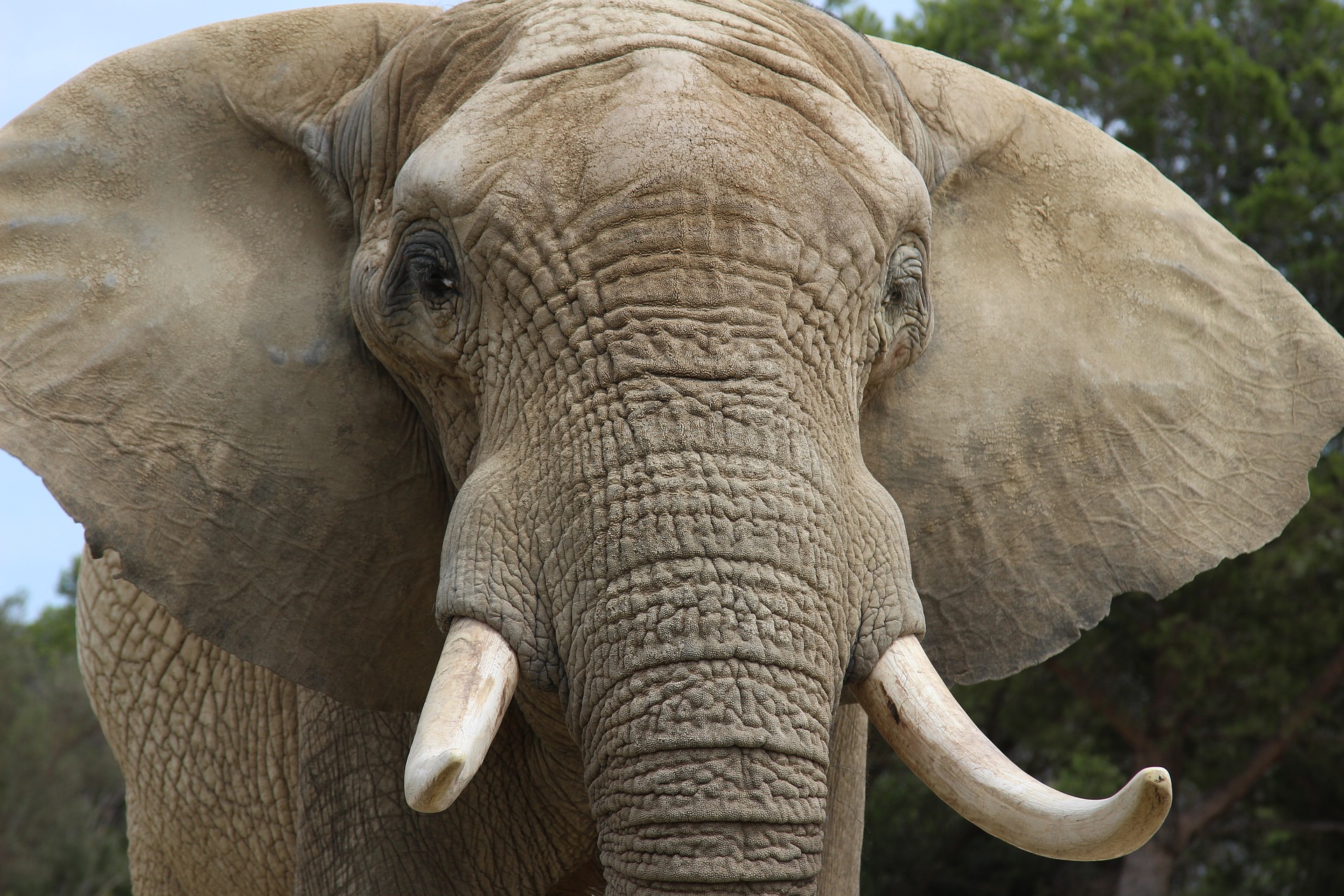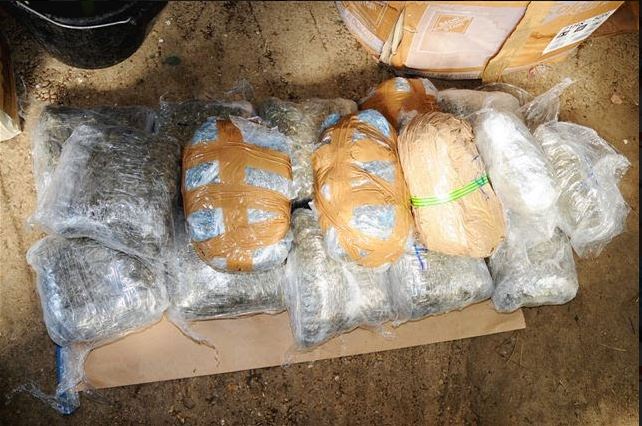


Many in the air transport sector have already stepped up as global leaders in the fight against wildlife trafficking, which may prove critical to helping mitigate the risk of future disease events and pandemics. As a result comprehensive training and protocols are already being adopted by airports, as well as airlines and enforcement agencies to combat wildlife trafficking. Now, a new brief Shared Skies, released by the USAID Reducing Opportunities for Unlawful Transport of Endangered Species (ROUTES) has the potential to help strengthen not only how wildlife trafficking is addressed but the wider spectrum of transnational crime too.
The brief contains research under the ROUTES partnership, with insights into how illegal wildlife trade overlaps with other illicit trades such as drugs, weapons and counterfeit goods. It urges that wildlife trafficking should be brought into the bigger picture of transnational crime and gives guidance on how identifying the points of convergence between these two illicit trades can help aviation and enforcement agencies secure air transport from criminal activity.
Shared Skies identifies five levels at which convergence of illicit trades may occur: within the same shipment, coordinated by the same organisation, using the same routes, passing through the same hub (which includes airports), or travelling through the same jurisdiction. It also draws upon case studies of illicit convergence and crucially, advises on how this information can be leveraged to disrupt criminal activities and stop trafficking of various kinds.
The authors underline that criminals operating in black markets rely on the same vulnerabilities in transport networks, as well as in communications and finance. “Data on the convergence of illicit activity at each level can be leveraged to shed light on transnational trafficking operations,” said Ben Spevack, lead author and senior analyst at C4DS (which produced the brief). “Improved sharing of convergence data amongst counter-trafficking stakeholders would increase collective capacity to secure the aviation industry from illicit activity,” he continued.
Data collated on trafficking through the airports and the wider aviation sector found a high rate of convergence between wildlife and other forms of illicit trade.
Michelle Owen, ROUTES lead said, “The findings indicate that wildlife trafficking should be treated as an integral part of the bigger picture of transnational crime. Approaching the issue in singularity inhibits counter-trafficking efforts across the whole spectrum of illicit trades, all of which threaten national security, human well-being and contribute towards corruption.”
She added that “making anti-wildlife trafficking efforts part of protocol can bolster other counter-trafficking efforts in many ways and vice-versa.” Shared Skies’ five-level framework helps outline the unique trends and vulnerabilities that each convergence level offers and gives recommendations on how this information can be applied. As an example it underlines that the emergence of a convergent trafficking hub may warrant more staff training, improved scanning technology or the removal of an insider threat.
“For instance, training aviation staff to recognise and report a wildlife trafficking attempt can result in seizures of other contraband: perhaps within the same shipment, or perhaps by uncovering an organisation that deals in other illicit trades too,” noted Owen.
Stressing the importance of a holistic approach, the brief urges customs and other enforcement authorities to increase their public reporting and accessibility to seizure data in order to build a more complete picture of transnational crime, identify more trends and direct mitigation efforts where most needed. It also calls for greater collaboration across law enforcement and the private sector to identify criminal convergence and for the development of mitigation strategies that address all commodity types.






